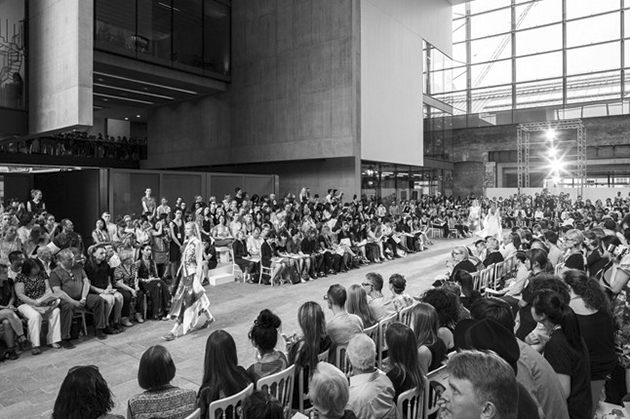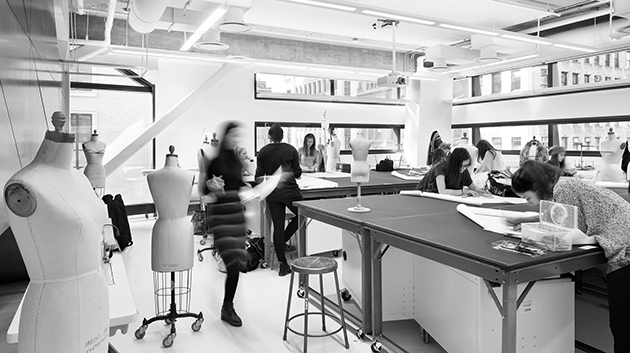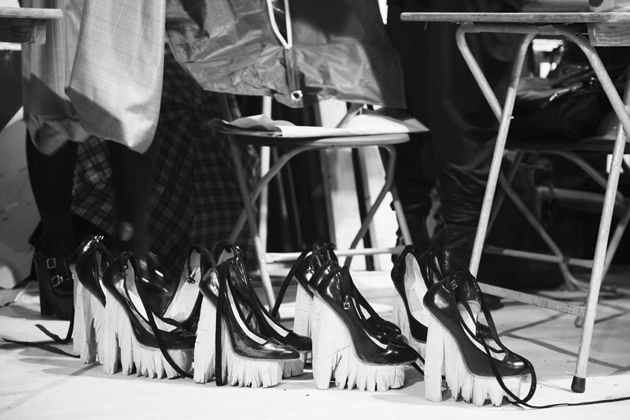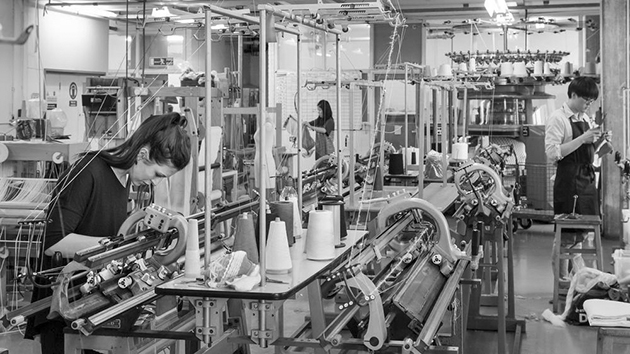
The fashion system is driven by visionary personalities, but even the most visionary minds need stakes and limitations in order to create novelty, and to do so they must know the various implications that fashion has with culture, society, politics and history. The idea that creativity should be free and pure is a concept now obsolete and no longer valid, in a scenario where information, changes and stimuli travel at a supersonic speed. Fashion schools aim to provide students with the tools to deal with the complexities of the fashion system. The centres that form fashion professionals are varied: technical schools, field courses, academies, universities; a world of possibilities where it is difficult to move, especially if you are young and not yet sure of the direction you wish to take in the future.

For this reason, BoF has recently drawn up a ranking that evaluates the best fashion schools in the world. Global Influence, learning experience and long-term value: these are the three precepts followed by BoF, which also launched a platform for Fashion Education, offering a true ‘course’ that can prepare you to get into the fashion world. But the experience of learning something as volatile and, at the same time, concrete, as fashion, is far more complex than simply reading some notes. The fashion system is made of different forces, both positive and negative, which the academy must bring up and question. An inevitable mission is to teach not only the ‘how‘ of a process, but to make students aware of the many ‘whys’, the variables, the unforeseen; this, to push their critical thinking skills, help them, if not force them sometimes, to be curious and positively dissatisfied, to convince them that the only way to achieve results is by raising bars and pushing boundaries.

The main challenge for fashion schools is to adapt teaching methods not only the avant-garde proposals from industry, to train professionals prepared to work on the future, but also to shape the environment and the way in which students grow. Digital media are in the hands of young people, learning opportunities and sources are widely available, it might seem possible to get a faultless preparation without the need for direct contact. But this is not what design is about: the school environment is fundamental because It becomes a crossroads where different personalities come together and collide, guided by the experience of professionals and teachers aware of the shape of the industry. To achieve these objectives, it is essential the presence of both academics and professionals who work in synergy, in order to promote contact between theoretical disciplines and practices. The smooth transition between these two poles is synonymous with safety in the use of references and awareness of the market, two fundamental characteristics for new professionals.

Fashion schools are fundamental in their ‘physicality’, because they are places in which something more than mere learning happens. They are places in which creativity gets support from a wide preparation, in which students challenge themselves continuously. Students are taught to never arrive to a final solution: this makes them attentive to the needs of the hyper-fluid contemporary society, capable of shaping their mindset according to the project, but never forgetting their values, their belief, their style.
Marta Franceschini
